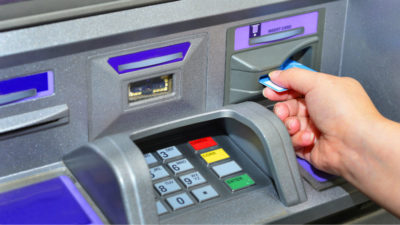The Canada Emergency Response Benefit (CERB) and Canada Emergency Wage Subsidy (CEWS) have been vital lifelines in the COVID-19 era. The former provides laid off Canadians with $2,000 a month, while the latter helps employers re-hire workers. Taken together, they’ve gone a long way in keeping the economy afloat during the pandemic.
Alas, nothing can last forever. Neither the CERB nor the CEWS is permanent. Both have set expiration dates, and while they could be extended further, the economic re-opening makes that seem unlikely.
The implication is obvious: If you’re receiving CERB or being paid by a CEWS-receiving employer, you need to take steps to prepare for life after these programs. The sooner you take steps to prepare for life after COVID-19, the better off you’ll be. The first thing you need to know is precisely when these programs will run out.
Expiration dates (as of June 2020)
As of this writing (early June 2020), the CERB is set to expire on October 3rd 2020. The CEWS, on the other hand, is scheduled to last until August 20, 2020. Neither of these dates is set in stone, and both have been extended before.
However, it’s starting to look like we’ve seen the last of the extensions. Right now, all Canadian provinces are moving in the direction of re-opening. Some are moving faster than others, yet the national momentum is pretty clear.
If Canada is open by mid-August and businesses follow suit, then there’s be no need to extend either the CERB or the CEWS. In that event, people benefiting from these programs will need another source of income.
How to prepare yourself
There are basically two things you can do to prepare for life after CERB and CEWS:
- Figure out your employment situation
- Invest appropriately
As far as step one goes, you need to ask questions. If you’re out of work, you should ask your employer if they plan to start re-hiring in the fall. If you’re being paid by CEWS, you should ask them if they’ll keep you hired after the program expires. Beyond that, you may need to seek new employment.
As for step two, there are many possible options you can explore.
One of the best is index funds.
Index funds like the iShares S&P/TSX 60 Index Fund (TSX:XIU) give you a diversified portfolio of stocks that’s guaranteed to deliver average returns. Such funds won’t make you rich, but they should provide steady gains and a bit of dividend income to boot.
If you invest $100,000 in XIU–or any other ETF yielding 3%–you’ll get $3,000 a year back in income. That’s a pretty decent income supplement, and you can keep it tax-free inside a Tax-Free Savings Account (TFSA). It could go a long way toward helping you cover your expenses as you adjust to life after CERB or CEWS.
In Canada, you have hundreds of ETFs to choose from. Any one of them could be a good pick. With index ETFs, you should always pick funds with low fees, like XIU, because you don’t get extra performance by paying more.
XIU is one of the most popular index funds in Canada for a reason. With low fees, ample diversification and solid yield, it’s about as safe as you can get with equity funds.








